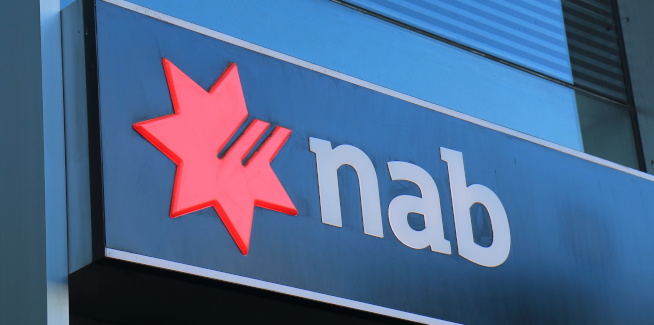Data from Roy Morgan has estimated NAB’s customer base will surpass ANZ’s after the proposed Citi acquisition, snatching the title of second largest customer count behind CBA.
As at Tuesday (17 August), both ANZ and NAB stated they have around 9 million customers on their websites, while CBA had a count of roughly 15.9 million.
Roy Morgan also noted that NAB may gain more customers across different demographics under the Citi deal.
Survey results from the market researcher noted that Victorian-headquartered NAB draws a fifth of its customers from Melbourne (22.6 per cent), while 128.9 per cent are based in Sydney.
For Citibank, around a quarter of its 1 million customers (25.5 per cent) are Sydney-based, compared with only 18.5 per cent in Melbourne.
Citi also has a higher proportion of customers based in Brisbane, where it draws 15.1 per cent of its customers, compared with 9.6 per cent for NAB.
However, the big four bank has drawn slightly larger shares from both Perth (7.8 per cent versus Citi’s 6.1 per cent) and Adelaide (4.8 per cent versus Citi’s 4.6 per cent).
Average income for Citi customers over $10,000 higher than NAB counterparts
Comparing customers across socioeconomic quintiles, which segment Australians across education, income and occupation, both Citi and NAB draw the highest share of their customers from the top quintile.
However, NAB appears to be evenly spread across each quintile with each segment contributing around 18 to 22 per cent of its customers, whereas more than a third (35.9 per cent) of Citi’s customers are in the top quintile. In comparison, NAB had 22.8 per cent in the top quintile.
Citi only had 13.5 per cent in the second-lowest quintile and 7.3 per cent in the lowest, compared with NAB’s shares of 18.6 per cent and 18.5 per cent, respectively.
Michele Levine, chief executive of Roy Morgan, also noted that more than half of Citi’s customers were aged 50 and over, compared with around 40 per cent for NAB, while a quarter of Citi customers were born either in Europe, Asia or North America (26 per cent), compared with 19.4 per cent at NAB.
“Perhaps most crucially, the average annual income of a Citibank banking customer is over $10,000 higher than a NAB customer,” Ms Levine said.
She also reflected on how NAB will need to treat Citi customers, once they transition over.
“Past experience with analysing mergers and acquisitions shows that an exodus of customers occurs when the acquiring party fails to recognise the unique reasons customers choose their brand in the first place – and why they stayed with it,” Ms Levine said.
“For NAB to extract a positive dividend from this acquisition, assuming it is approved by the relevant regulators, it will need to continue to satisfy the needs and desires of the 1 million odd Citibank customers it will inherit with the successful completion of the deal.”
NAB confirmed it was in talks to buy Citi’s Australian banking assets in July, after completing its acquisition of neobank 86 400 earlier in the year.
[Related: Bank outlines ‘vigorous strategy’ to buy Westpac PNG]

